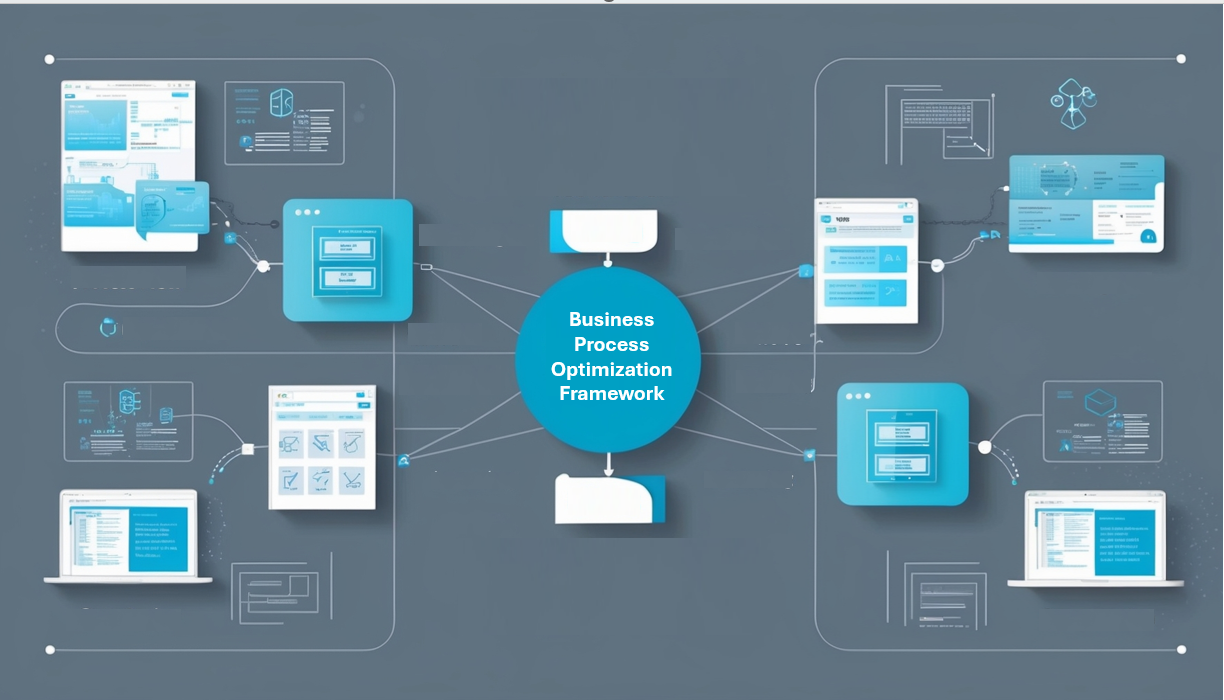This is a comprehensive framework for business process optimization, detailing a structured methodology for enhancing organizational efficiency through empirical analysis and strategic implementation.
IT professionals from varied sectors face the universal challenge of enhancing operational processes for greater efficiency and cost-effectiveness. It's an issue that strikes at the core of organizational health, as inefficient processes can lead to significant revenue losses—by some estimates, as much as 20-30% annually.
The complexity of business systems today means that inefficiency can creep in almost unnoticed. Without a deliberate and informed approach, efforts to streamline operations can fall short, squandering both time and resources. The stakes are particularly high for IT departments, which often drive process improvements that can lead to significant competitive advantages.
Against this backdrop, the Business Process Review (BPR) Methodology provides a lifeline. It is a battle-tested framework that arms IT professionals with a sequential, data-driven approach for dissecting and improving business processes. This document is a culmination of best practices, designed to be adaptable across industries, scalable for various company sizes, and robust enough to address complex process challenges.
It begins with preparation—equipping teams with the strategies to identify pivotal processes and articulate clear, actionable goals. The following diagnostic phase leverages data to identify inefficiencies, using qualitative and quantitative methods to ensure a comprehensive understanding of existing workflows.
The core of the document lies in its approach to optimization. It goes beyond problem identification to offer a strategic blueprint for re-engineering processes, updating policies, and incorporating technological advancements. It's about creating a sustainable trajectory for change that aligns with the organization's strategic vision.
In the implementation phase, strategy turns into action, integrating improvements into daily operations. Yet, the methodology's value extends beyond implementation—it ensures that these changes are monitored, managed, and maintained, embedding a continuous improvement and adaptation culture.
Main Contents:
- Diagnostic Framework - An empirical approach to assess current business processes, identifying inefficiencies, and areas for improvement.
- Strategic Optimization - Detailed strategies for re-engineering processes, updating policies, and integrating technology to align with organizational goals.
- Implementation and Management - Step-by-step guidance for enacting changes and embedding a sustainable performance management system.
Key Takeaways:
- A structured approach to business process review is essential for identifying inefficiencies and implementing sustainable improvements.
- Empirical analysis combined with strategic implementation can significantly improve operational efficiency and cost savings.
- The methodology ensures that process enhancements align with the organization's broader strategic objectives, resulting in a more cohesive operational environment.
- Effective change management and continuous improvement are integral to maintaining the gains achieved through optimization.
For CIOs and IT professionals seeking a methodical and impactful route to refining their organization's processes, this BPR Methodology offers more than solutions—it promises a transformative journey toward operational excellence and a significant uptick in organizational agility and performance.

